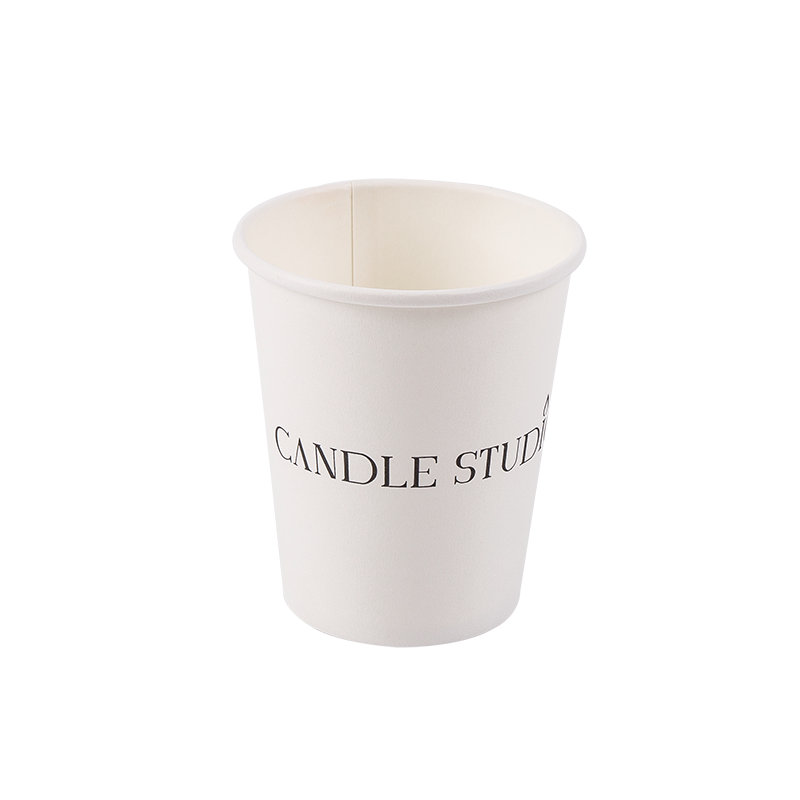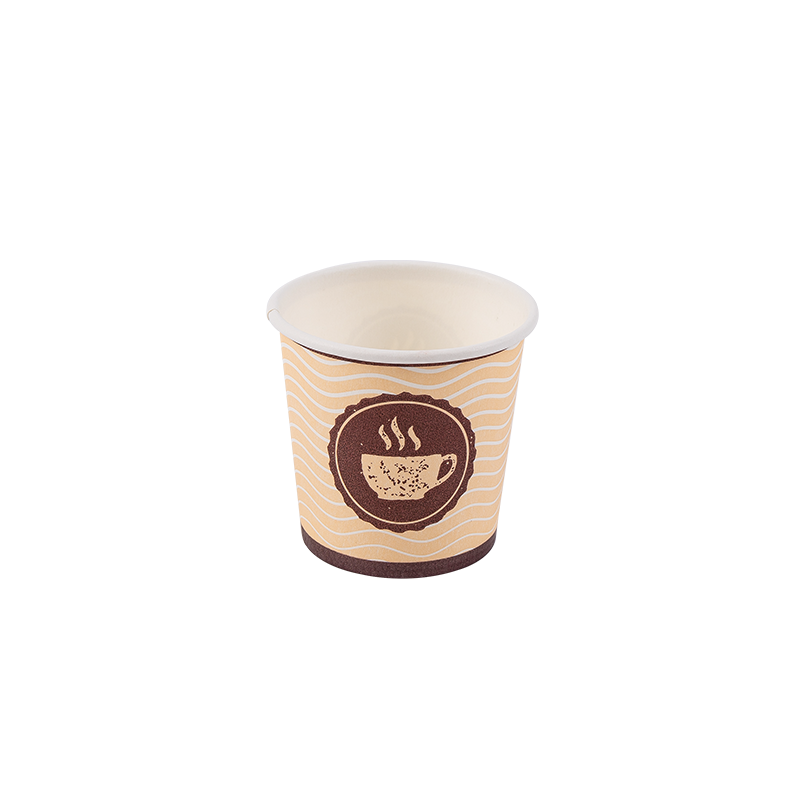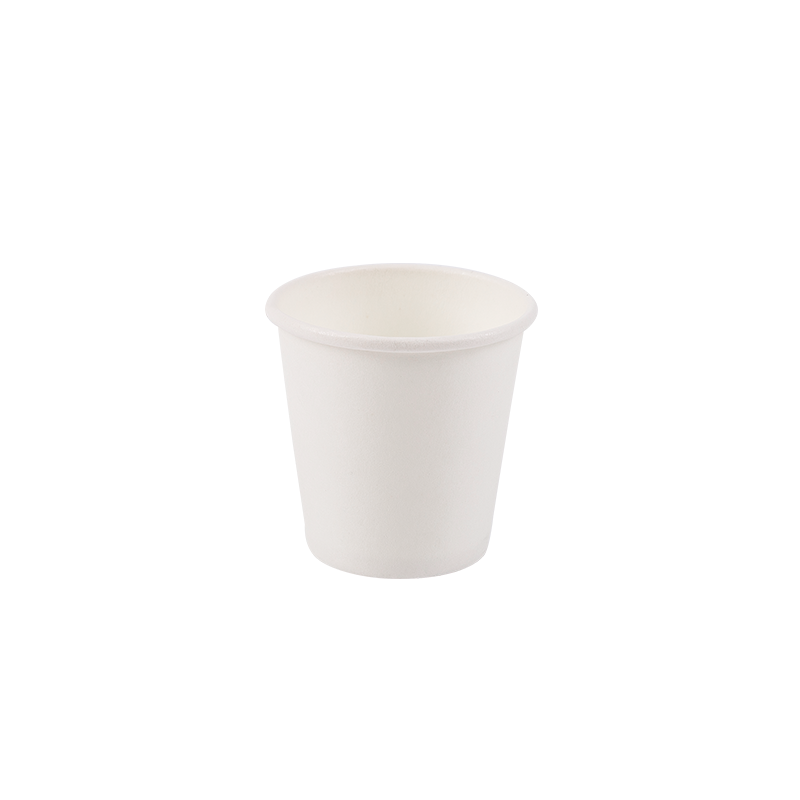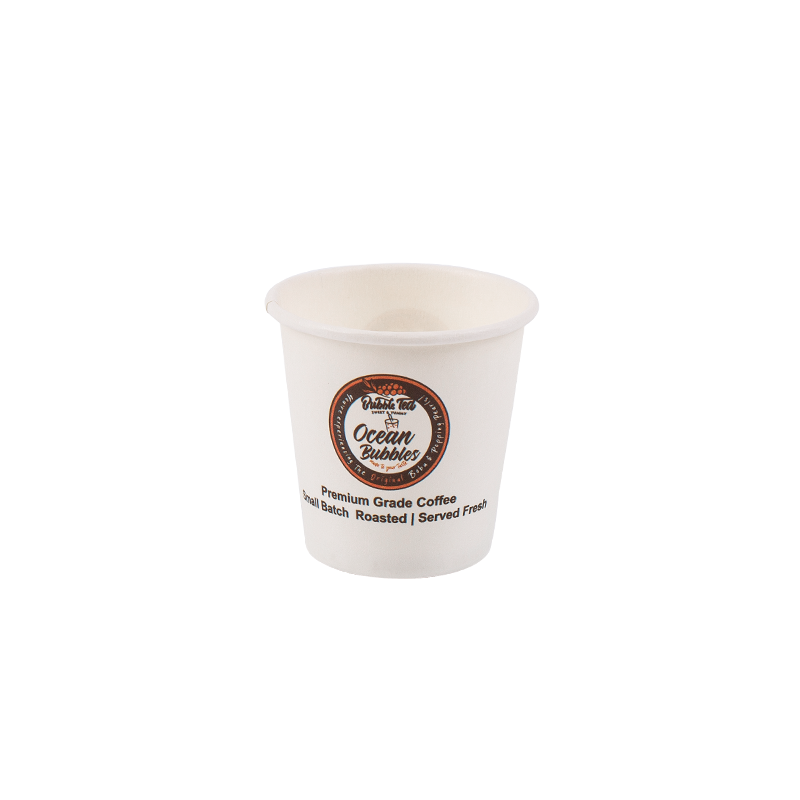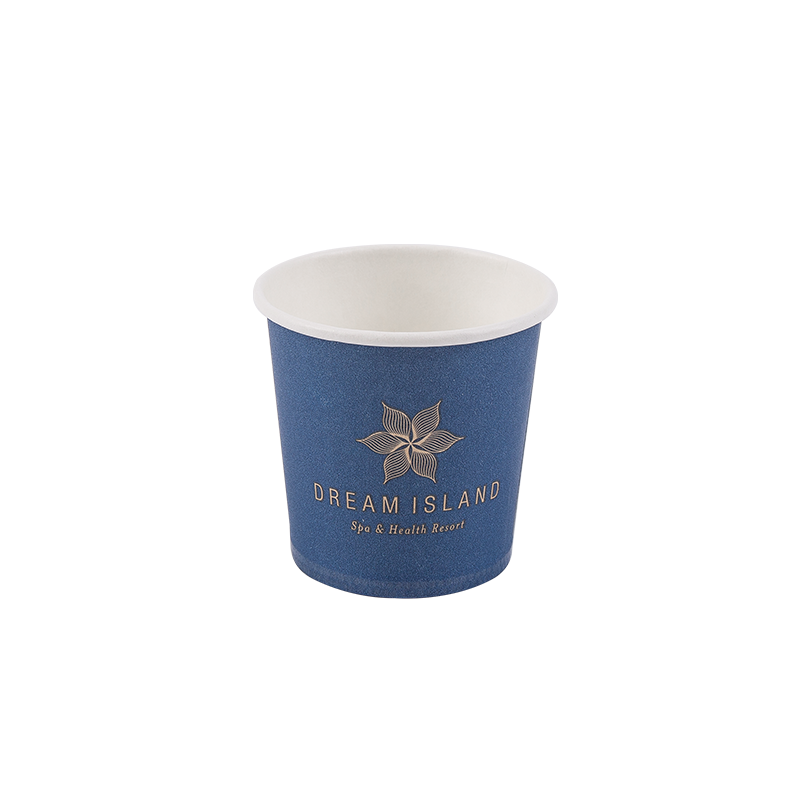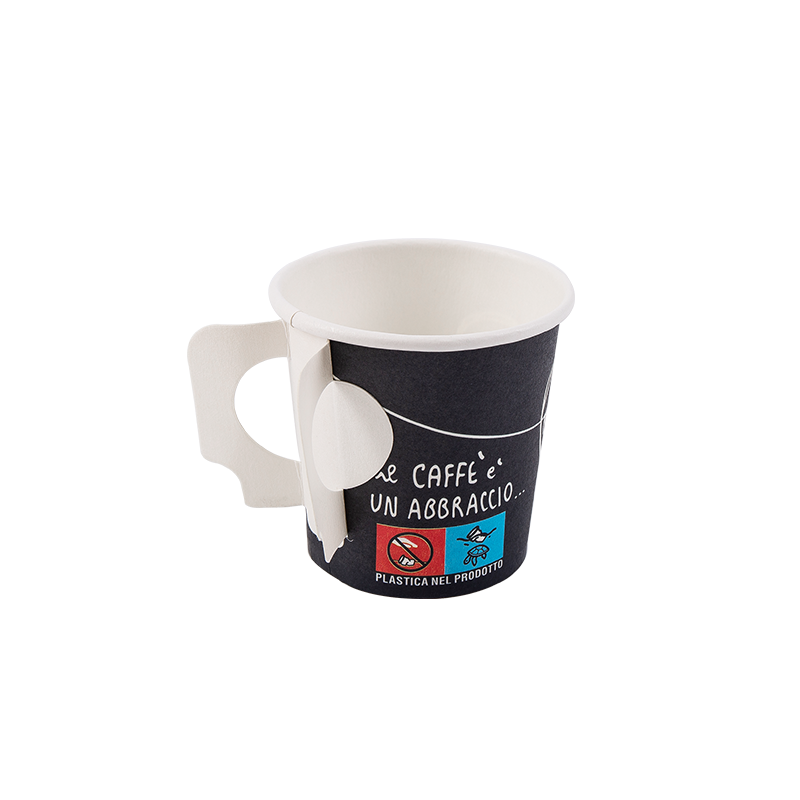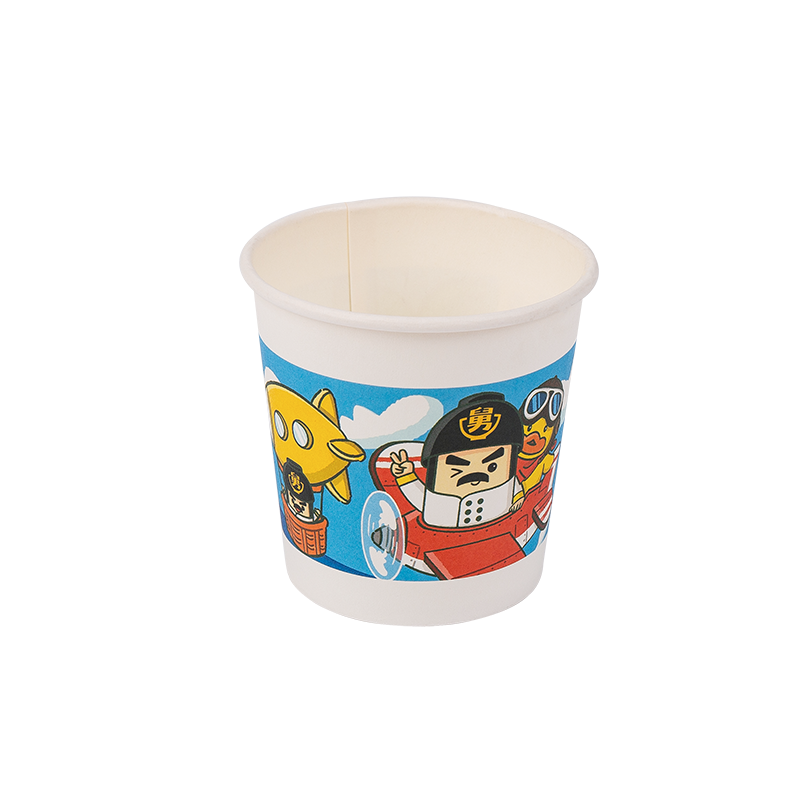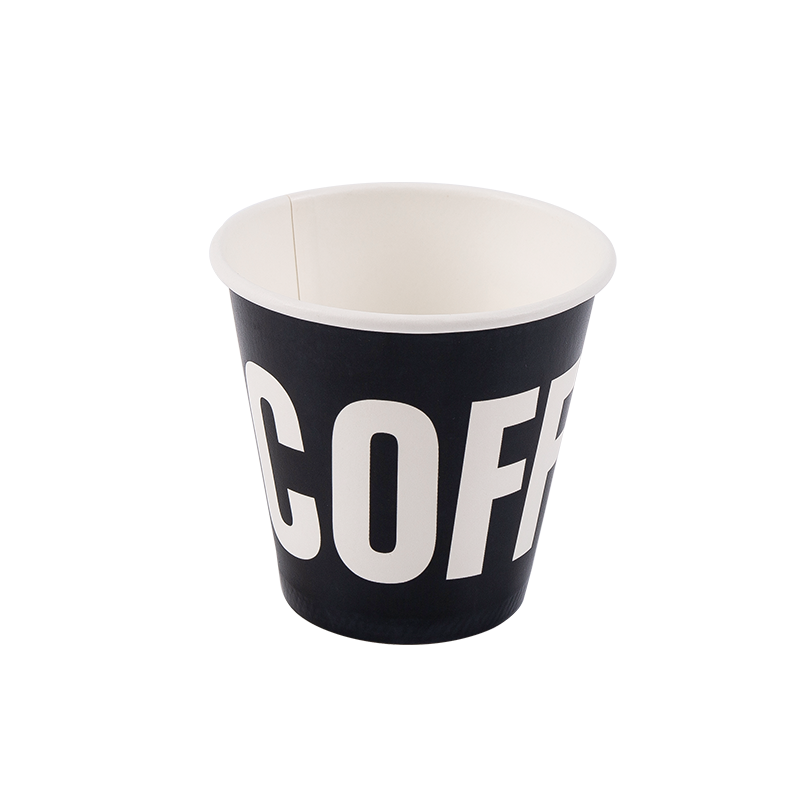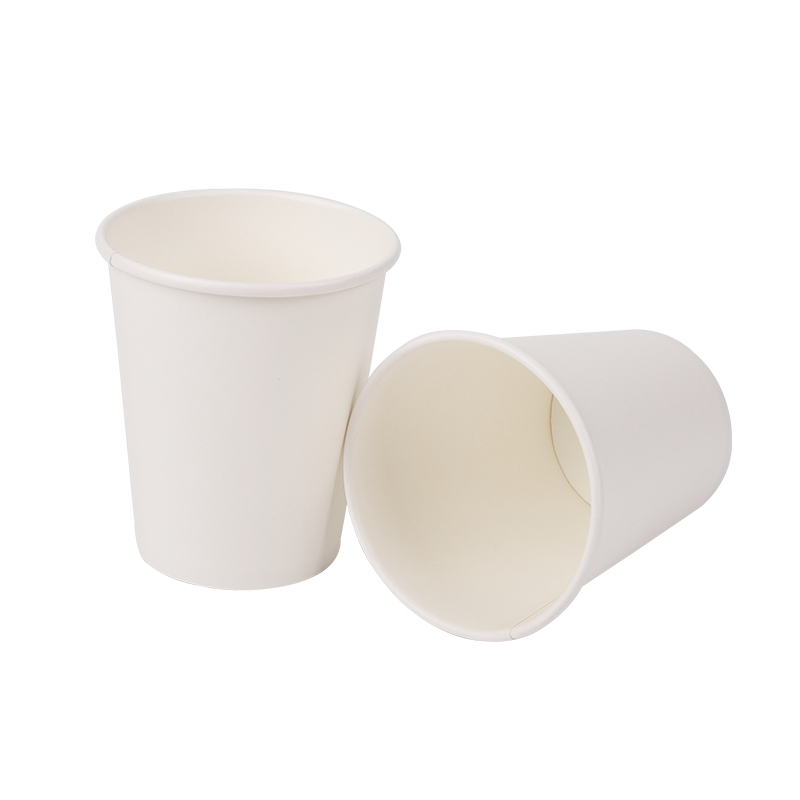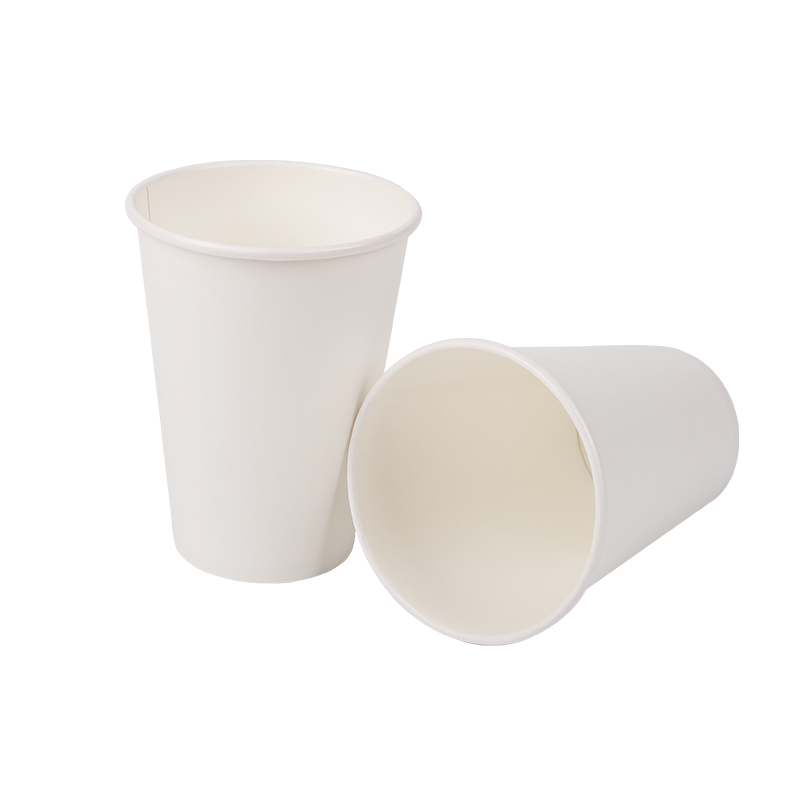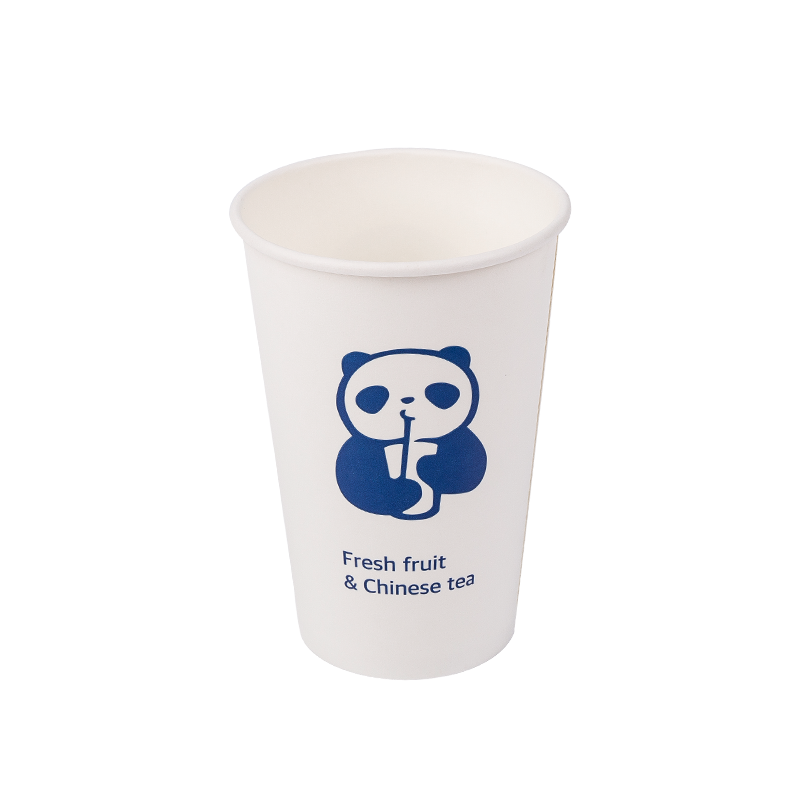Choosing a truly eco-friendly paper cup can feel like navigating a maze of confusing terminology. Phrases like "biodegradable," "compostable," and "recyclable" are often used interchangeably, leading to misinformation and improper disposal. The reality is that these terms are not synonyms and have distinct meanings that impact the environment in very different ways. Understanding the differences is the key to making a responsible choice and ensuring your used cup doesn't end up in a landfill.
Recyclable Cups
A recyclable cup is designed to be processed and repurposed into new products. For a paper cup to be recycled, it must be separated from its plastic or polymer lining, which is a major challenge for many recycling facilities.
Most traditional paper coffee cups are lined with a thin layer of polyethylene (PE) plastic to make them waterproof. This plastic lining prevents the paper fibers from being broken down in the standard paper recycling process. Therefore, despite being primarily made of paper, these cups are often sent to landfills.
However, some companies now produce sustainable paper cups with special linings that are more compatible with existing recycling infrastructure. These cups are still lined to prevent leaks, but the lining is often a different type of plastic that can be more easily separated or processed. Even with these advancements, proper disposal depends heavily on local recycling capabilities. You must check with your local waste management provider to see if they accept these cups.
Compostable Cups
A compostable cup is a type of environmentally friendly paper cup designed to break down into nutrient-rich soil when exposed to specific conditions. The crucial part of this definition is "specific conditions."
There are two main types of compostable cups:
-
Commercially Compostable: These cups are typically lined with a plant-based material like polylactic acid (PLA), a plastic substitute made from fermented plant starch. They require the high temperatures, moisture, and microbial activity found only in a commercial composting facility to properly break down. If thrown into a home compost pile or a landfill, they will not decompose and may contaminate the surrounding environment.
-
Home Compostable: These are designed to break down in a backyard compost bin. They usually use an aqueous coating instead of a PLA lining and will decompose much more easily, though the process still takes time.
Compostable cups are an excellent choice, but only if they are properly disposed of in a designated composting program. If a commercially compostable cup ends up in a recycling bin, it can contaminate the batch, as the PLA lining is not compatible with paper recycling machinery.
Biodegradable Cups
A biodegradable cup is one that can be broken down by microorganisms in the environment. This is the broadest and most misleading term of the three. Almost everything is biodegradable over a long enough period—even some plastics can take hundreds of years to break down.
The term "biodegradable" often lacks a specific timeline or a set of environmental conditions. A cup labeled "biodegradable" could sit in a landfill for decades without decomposing. Unlike compostable cups which have a specific end-of-life process, biodegradable cups do not. The label can be a form of "greenwashing," giving the impression of an environmentally conscious paper cup without providing a clear path for its disposal.
For this reason, experts recommend looking for products that are specifically compostable or recyclable rather than just "biodegradable." These terms offer a much clearer and more actionable path for sustainable waste management.
The Verdict
When choosing a sustainable paper cup, remember these key distinctions:
-
Recyclable: Can be turned into a new product, but only if your local facility accepts them. The lining is the biggest factor here.
-
Compostable: Breaks down into soil, but typically requires a commercial composting facility to do so properly.
-
Biodegradable: This term is often too vague to be useful and can be misleading without a specified timeframe.
Ultimately, the most important step after choosing a product is to dispose of it correctly. Always check the cup's label and consult with your local waste management services to ensure you are contributing to a healthier environment.










 English
English русский
русский Español
Español 中文简体
中文简体